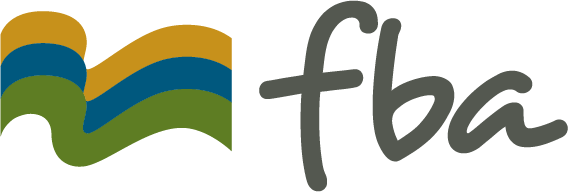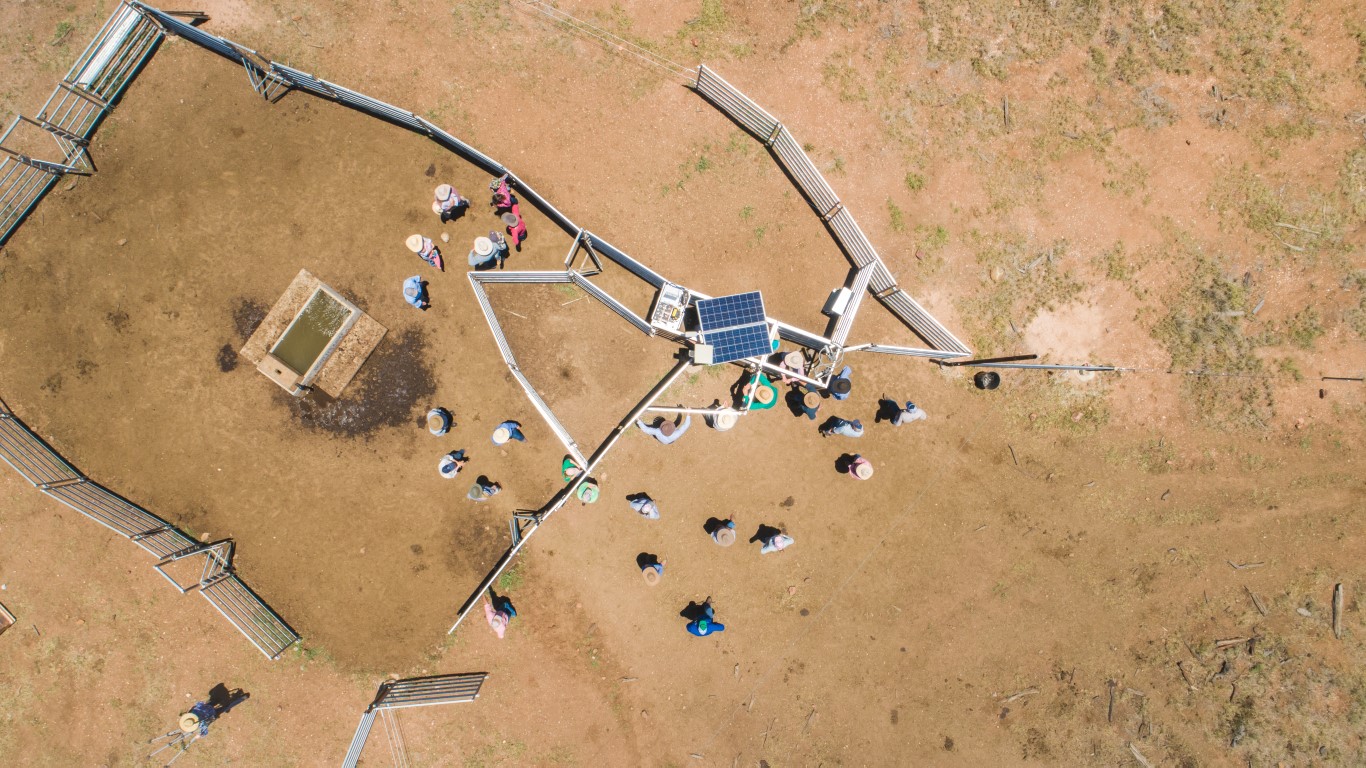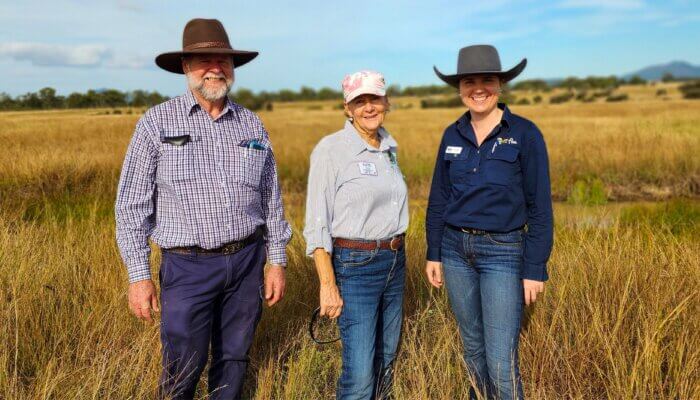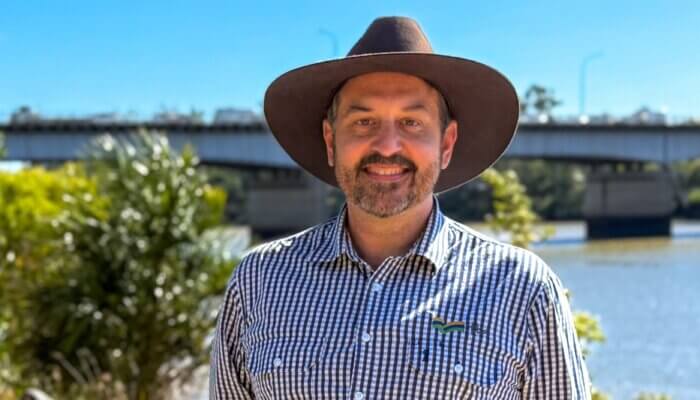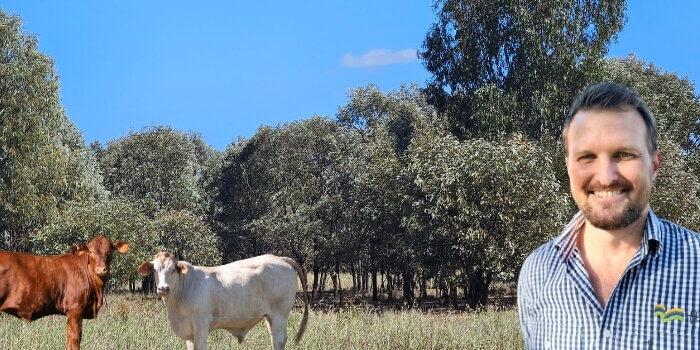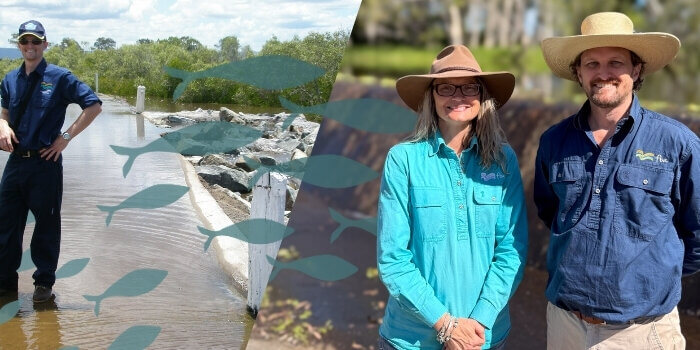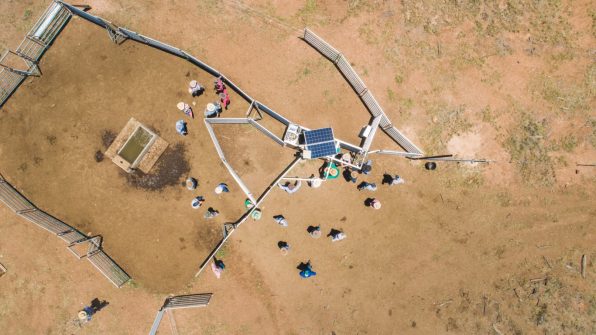
Remote Livestock Management Systems – Case Study
Posted on April 14th, 2020
Three central Queensland grazing enterprises have trialled an innovative Remote Livestock Management System focusing on reducing sediment loss and increasing productivity. The project was supported by Fitzroy Basin Association through funding from the Queensland Government’s Reef Water Quality Program Innovation Fund.
A Remote Livestock Management System (RLMS) is a walk-over weigh unit that is fixed between two areas, most commonly a paddock and a watering point. The walk-over weigh unit is made up of vertical panels that direct cattle through a race and onto a weigh scale. The animal’s individual identification tag is read and it’s liveweight recorded as it walks over the scales. Some RLMSs also have the ability to auto-draft cattle based on their weight and/or ID tag e.g. cattle greater than 400kg are drafted into paddock 1 and cattle less than 400kg are drafted into paddock 2. The RLMS is solar powered and can transmit data from a remote location via satellite or 3G telemetry systems straight to the landholder’s device.
Normalized Difference Vegetation Index (NDVI) or satellite pasture greenness data being used in conjunction with liveweight data to assist landholders to make informed management decisions. It is this information loop, between production and pasture data, that project participants have explore and utilised over the last three years.
All project participants were located in the Fitzroy Basin on different land types and with different management systems in place. This case study explores each participant’s experience with the RLMS system and how they have incorporated it into their enterprise.
